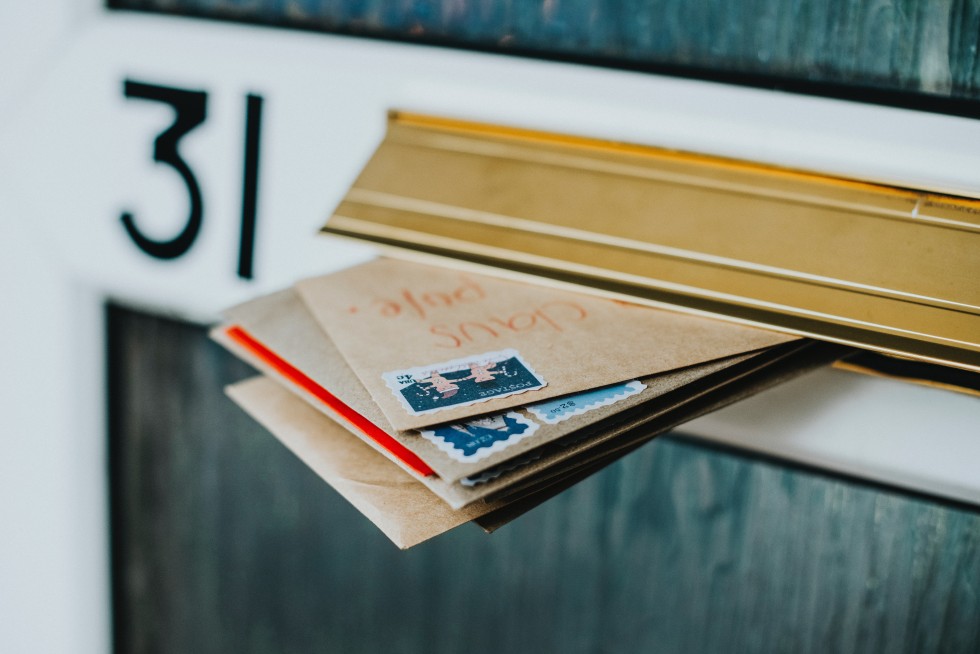Growing visibility and online presence to enable visitors to find your Shopify store = key.
Keeping visitors engaged and on your site = vital.
Encouraging them to add products to their cart = essential.
The customer hitting the ‘buy’ button = priceless.
Why Does Cart Abandonment Matter for Shopify Businesses?
For many ecommerce businesses, a huge chunk of lost revenue is represented by visitors who don’t progress beyond step 3, i.e. they add products to their cart but abandon the process without going through with the purchase.
Average cart abandonment rate is probably higher than you think: an astonishing 70.19% (based on the aggregated results of 49 cart abandonment studies conducted over the past ten years). But why is this?
Why Do People Abandon Their Carts?
A large number of cart abandonments are simply a natural result of how users navigate and browse ecommerce sites – many are window shopping, going through a price comparison exercise, saving items for later, or exploring gift options. These are unavoidable cart and checkout abandonments. However, some people who abandon carts do not have to represent lost revenue, and there are steps you can take to persuade them to complete those purchases.
Tactics To Reduce Cart Abandonment
There are things you can implement across your whole site to reduce cart abandonment, some of which we look at in this piece about improving UX - but this article will focus specifically on steps you can take after the cart has been abandoned, using email marketing.

Abandoned Cart Emails Best Practice
When shopping for goods online, it is common for consumers to pull out of a transaction, leaving the order incomplete. According to Statista, in the second quarter of 2023, approximately 85 percent of orders on mobile devices in the UK were not completed. During that same three-month period, over seven in ten carts created were left abandoned on computers as well. Using emails to follow up and persuade cart-abandoners is a sure-fire way to capture some of that lost revenue.
Here are our top ten tips for making sure you implement a robust abandoned cart email series.
1. Consider using email marketing sofware or a marketing platform
There are lots of marketing automation platforms or email software out there to help you enhance your email operations. Our preferred marketing automation platform is Klaviyo, which is the software we use to deliver the vast majority of our client email work. As Klaviyo Partners, we have a close relationship with them and our experts know the system inside and out.
2. Craft superb subject lines
Your subject lines are key, because they’re the first thing your cart-abandoner will see when they receive your email and is the point at which they decide to open the email, ignore or delete it. You need to write snappy, clear text to entice your customer back.
A couple of simple, effective examples are subject lines like ‘Did you forget something?’ or ‘We’ve held your [product name] for a limited time.’
3. Write good supporting preview text
The preview text (or the preheader) is the short snippet they’ll see below the subject line before they open the email. A sentence or two which follows logically from the subject line is good practice. It’s a good opportunity to include some enticing text to help you stand out in a crowded inbox and encourage your recipient to open the email. Try to keep it to fewer than 40 characters so it doesn’t get truncated for any recipients. It may seem like a small detail, but a good preview that accompanies a well-written subject line can dramatically increase open rates.
4. Make sure the messaging is clear and to the point
You want your recipient to understand immediately who the email is from (you), and why they’ve received it (to buy something). To help this, make sure the style, branding and messaging matches your website. The subject line and preview text mentioned earlier should support this too.
5. Show the item

If your prospect has recently gone on a ‘window shopping’ spree across different sites, they might have trouble recalling which of your products they’ve abandoned. Remind the customer of the beautiful item they’ve left behind! Show them the product image and entice them back.
6. Link directly back to cart using a clear call to action
You want to make it as easy as possible for them to get straight back to the cart and finish the process. The best way to do this is with a clear, obvious button that will take them directly back to the cart when clicked, making their path to purchase as frictionless as possible. Phrases such as ‘complete your purchase’, ‘buy now’ and ‘finish checking out’ all work well as effective CTAs.
7. Offer incentives

While it’s important not to simply send a 10% off code to everyone who leaves something in their cart (shoppers are wise to this and may deliberately abandon items simply to squeeze a discount out of you) there is still a place for incentives. Consider a discount or offer of free shipping for first time buyers only, to encourage them to make the purchase.
8. Ensure the email forms part of a series

Shopify includes the ability to send an abandoned cart email to customers if they have entered their email address. This is a good starting point, however we recommend going beyond this single follow-up email and creating an abandoned cart email sequence. Following up with 3 emails, sent in the hours and days after the item is left behind, is an effective way of capturing some of those potentially lost sales.
Email 1: within an hour of the item being left behind
We’d recommend sending the first email straight away - this is when the potential purchase is still at the front of the shopper’s mind. Perhaps they got distracted by a phone call or email. They might still be at their laptop and just need a reminder to get them back into the buying zone to complete the purchase. It’s important this email isn’t pushy. Aim to make it helpful - is there anything you can help them with to finish their buying process? Ensure you provide customer support details so they can contact you if they’ve had problems with the process. This is one of the often-overlooked abandoned cart best practices.
Make sure that your customer support options are very clear, such as an email address, phone number, live chat option, and any other contact means.
It’s possible the shopper couldn’t complete the checkout process because of a technical issue. Or, they potentially have questions about the product—shipping times or refunds, for instance— that are best answered by a person (or a chatbot). That goes even for small, low-priced items.
Email 2: 24 hours after the cart was abandoned
Leave it for a day. You don’t want to annoy them by chasing the sale. 24 hours later, if they’ve not completed the purchase, get in touch again. Use this opportunity to create a sense of urgency and to let them know you’ve held their items, but only for a limited time, and that product availability or any discounts can’t be guaranteed forever.
Email 3: 5-7 days after the cart was abandoned
It’s been several days since your customer left their item behind. There’s less chance of a purchase at this point, but all is not lost. Now could be the time to incentivise with a discount, free shipping or another offer. As mentioned earlier though - be careful with how you use discounts to avoid people abusing the system.
Here at ESC we have a dedicated team of marketing professionals who have crafted successful email strategies for many of our clients - if you’d like to know more, get in touch for a chat!
9. Product recommendations
This is something you can incorporate into your email sequence - perhaps in number 3, when the original item has been left for several days. Using a ‘you may also like’ approach could entice the customer back by showing them similar items to the one they showed an interest in originally.
10. Tailor your messages
Most automation software allows you to intelligently send emails that are appropriate to the segment (for example, a first time buyer needs trust building in the brand and may be swayed by a discount, whereas a repeat purchaser might form part of a VIP segment). You can use the data available to you in your contact database to understand groups of customers to enable you to tailor your message appropriately. Using the person’s name is a great touch too: personalisation is key.
To conclude, if you craft a series of well-positioned, clear emails that make it easy for your customers to come back to complete their purchase, you’ll be able to capture revenue from people who hadn’t quite made up their minds, were distracted, or just needed that extra incentive to buy from you!
Check out our broader guide to email automations which goes beyond the scope of abandoned cart flows.
Bonus tip: Use other channels in addition to email
The customer shopping journey is no longer confined to a single channel so your abandoned cart flows shouldn’t be, either.
Email should be the heart of your abandoned cart strategy but don’t be afraid to experiment by adding SMS marketing or push notifications into the process.
Because these are opt-in channels, you know you’re communicating with shoppers via the method of their choosing. For example, sales from push notifications occupy a small part of an’ overall abandoned cart capture. But nearly everyone who clicks on it (upwards of 90%) makes a purchase.
As Klaviyo Partners, we have a team of award-winning email marketing experts here at Eastside Co who specialise in helping Shopify brands increase their subscribers, engagement and sales through email automations and flows.
Check out some of our case studies:
Our email experts helped San Francisco Wine School increase revenue from email by 68.7%, with a 48.5% open rate.
They launched an SMS marketing campaign for one of our clients and brought in over $55,000 in revenue from a spend of just $90.
Working with child accessory brand Mimi and Lula, our email team increased revenue by 60% by implementing an abandoned cart flow, increased newsletter signups by 183% and grew overall email revenue by 148%.
If you'd like to explore how our email experts can help increase your revenue through abandoned cart workflows and a multitude of other approaches, contact us now and have a chat with one of our Business Development Managers.



